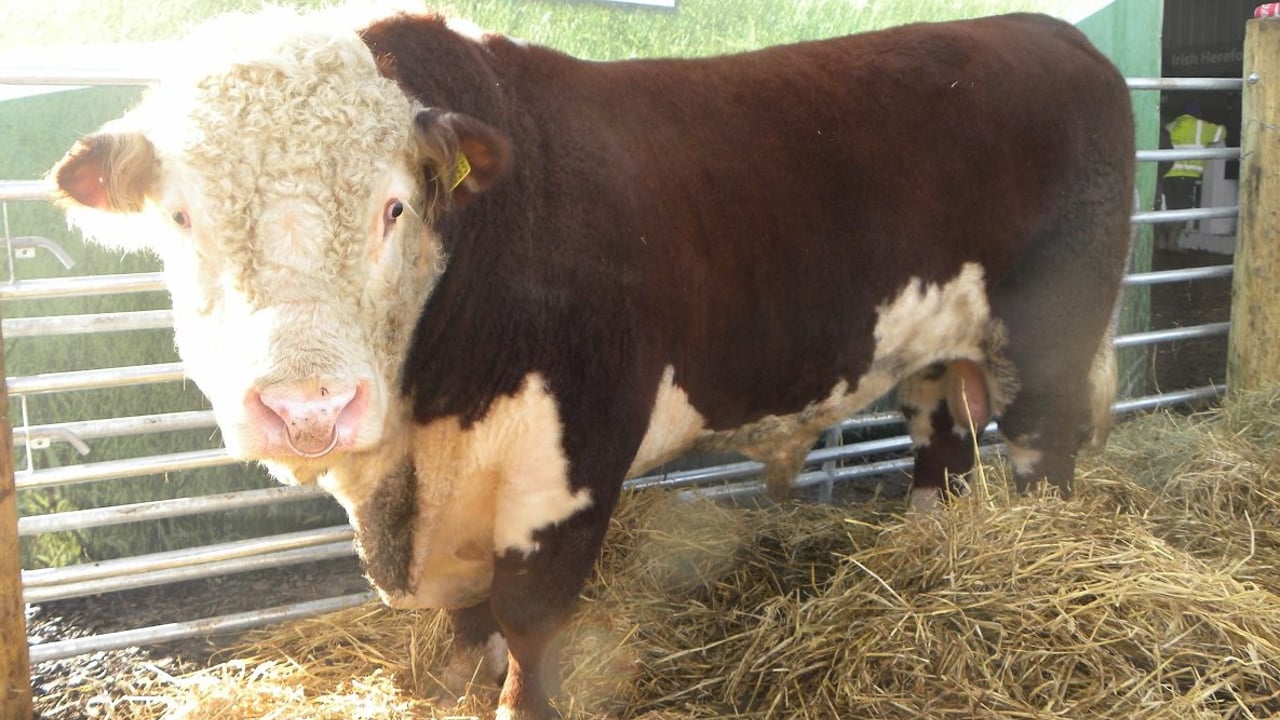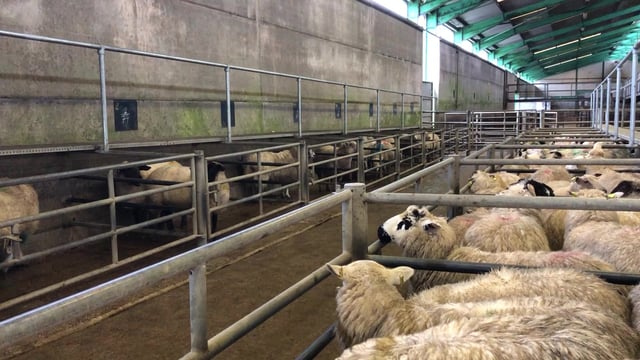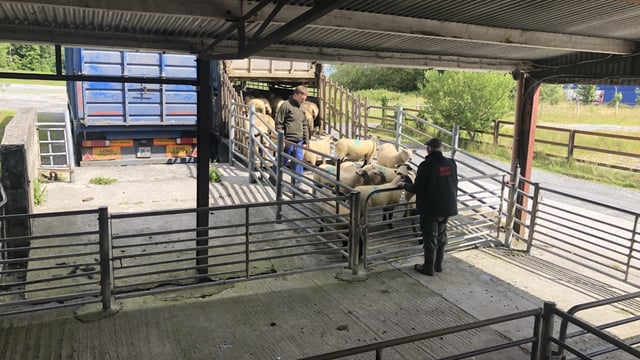Buying a stock bull for your dairy herd this year
If you are considering purchasing a stock or a vasectomised bull for this year’s breeding season, now is the time to do it.
It is important to leave sufficient time between purchasing the bull and introducing him to your herd, so that he has time to settle into his new surroundings before being put to work.
Before purchasing a bull for your herd, here are some things that need to be considered.
Friesian bulls, or bulls kept from the herd, are commonly used at the end of the breeding season to ‘mop up’. However, the issue with bull calves has led to a lot of farmers preferring to purchase beef stock bulls.
If this is your decision, you should not base your choice solely on the look of the bull. The purchased bull should be artificial insemination (AI) bred, genomically tested and the bulls €uro-Star Index examined.
What to consider:
For heifers, it is paramount that she is going to calve easily and go back in-calf quickly, so an easy-calving bull is essential.
Ideally, a stock bull should be fertility-tested before sale. However, this is not always the case, and some farmers have purchased infertile bulls in the past. So, it is best to ask before purchase.
The number of bulls required will depend on herd size, and the proportion of the herd already in-calf from AI.
Teagasc recommends that for a 100-cow herd – with approximately 50% to 70% of the herd in-calf after six-weeks of AI – at least two bulls will be required. If fewer than half of the herd is in-calf after six weeks of AI, three bulls will be required.
If possible, bulls should be rotated to allow them time to rest before being reintroduced to the herd. If a bull is overworked and becomes tired, heats may be missed and empty rates will be higher.
When sourcing a stock bull – or any stock – there are a number of things that need to be looked at before deciding which herd to purchase from.
What to consider:
If you purchase a stock bull that has not been vaccinated for a disease that your herd is vaccinated against, the bull should be isolated from the herd until he is fully vaccinated against those diseases.






